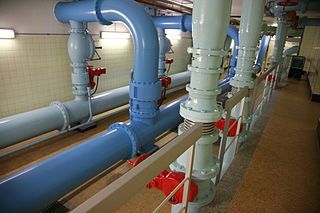From Guest Blogger Sarah Parkar: Benefits of Product Dewatering for Society & the Environment

One element of dewatering that’s prominently in place is found in the industrialized sectors. For example, there is plenty of waste that’s often contaminated with water. In order to recycle this waste, dewatering must occur for several reasons. The first reason is to reduce the weight of the waste and therefore curb costs on recycling that waste. The second reason is to remove pathogens that could spread illness. The third reason is to remove toxins and other pollutants from the waste. Lastly, current environmental standards mandate that waste be treated using specific protocols that are in place to protect our volatile ecosystems.
Sludge
The most common usage of dewatering is found with sludge treatment. Sludge is a thick material that often looks just like mud. It’s commonly a byproduct of industrial waste that’s created by companies. Sludge has to be dewatered to be treated. Using a variety of methods, this harmful industrial waste can be treated and placed in landfills without causing further damage to the environment.
Pathogens
The U.S. Environmental Protection Agency says that treated water can still contain more than 2,000 dangerous elements. These include heavy metals like lead and mercury and even toxins and other industrial elements. Inclusive as well are countless harmful pathogens that could result in pandemic situations if not treated and removed. Without product dewatering methods in place, these numbers would be tenfold what they are during the present day.
Toxins
Dewatering also helps to reduce or remove toxins. This is especially prominent with industrial waste. With stricter environmental laws in place, newer methods of dewatering are also designed to remove excess water and the toxins that infest it to decrease pollution.
Raw Waste
Sewage is often dewatered during treatment. Many sewage treatment centers will dewater the sludge and then place the sludge in landfills. This is due to a worldwide ban on ocean dumping that was enacted in the early 90s. Without dewatering methods in place, our oceans would still be the primary dumping grounds for untreated sewage and sludge.
These are but a few of the many methods that utilize dewatering during the present day. Perhaps the most beneficial aspect of it is seen in the recycling industry. Since water is very heavy, and since many recycled products often contain elements of water, the ability to remove it drastically reduces the cost of recycling. Removing the water also enhances the safety of this necessary industry by removing toxins, pollutants, pathogens and other harmful elements to enable repurposing of post consumer products. Thanks to this process, more goods can be safely recycled and repurposed every day.
